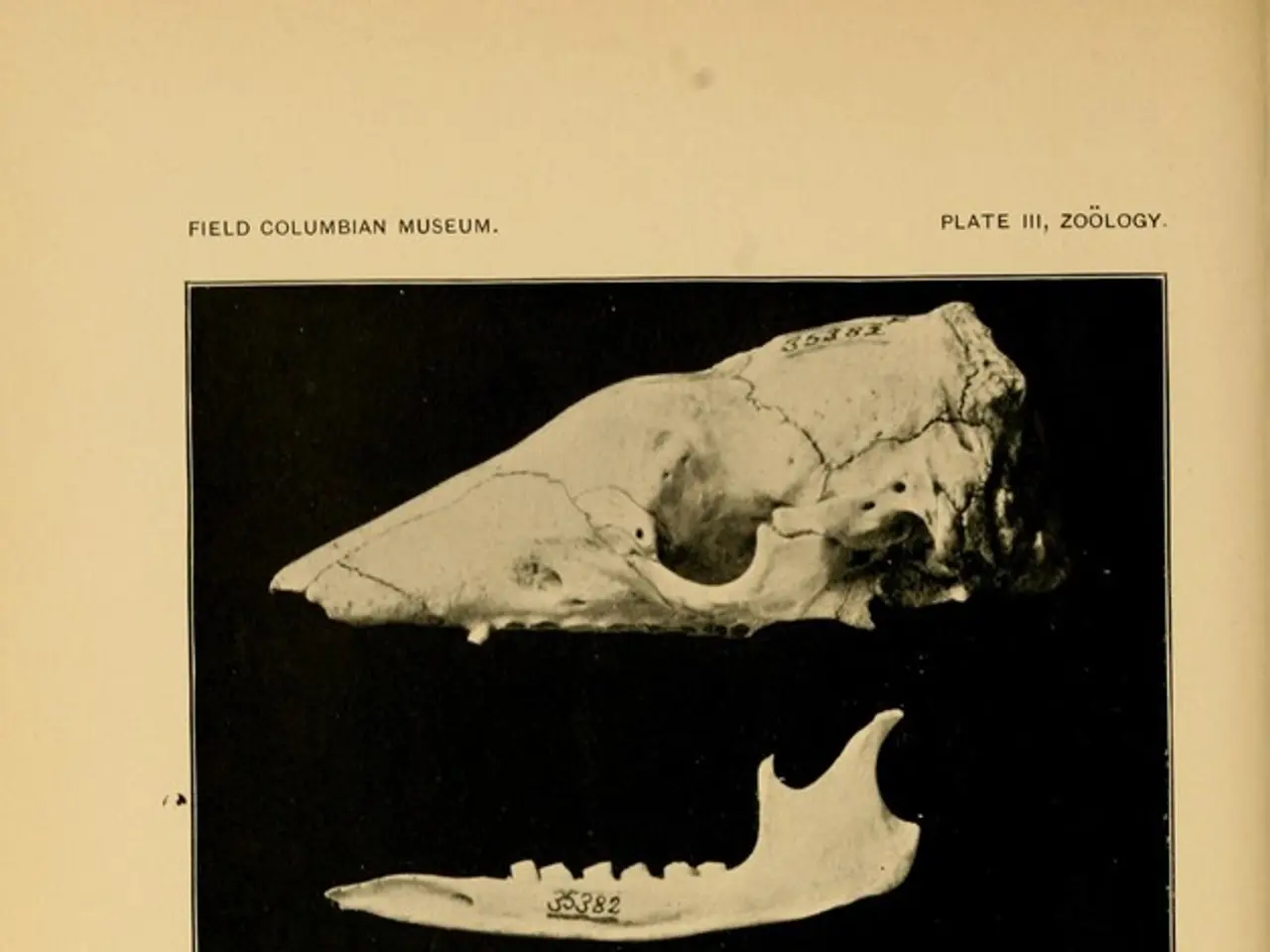Symptoms, stats, diagnostic methods, and therapies associated with breast cancer in males: An overview
Male breast cancer is a relatively rare condition, with an average lifetime risk of around 1 in 1000 for men, according to the American Cancer Society (ACS). However, early diagnosis is crucial for a better prognosis, as it can be delayed due to a lack of awareness among men.
Common symptoms of male breast cancer include a painless lump or thickening in one breast, often behind the nipple, nipple changes such as retraction (pulling inward), ulceration, crusting, scaling, or discharge, including bloody discharge, skin changes on the breast or nipple, such as puckering, dimpling, redness, scaling, or an "orange peel" texture, swelling of the breast, nearby lymph nodes (underarm or collarbone), or changes in chest size or shape, and less commonly, pain or tenderness and unexplained weight loss, fatigue, or weakness.
If a man notices any of these changes, it is essential to consult a doctor immediately for a proper evaluation, especially if symptoms persist for more than two weeks or worsen. Seek medical attention for any nipple discharge or skin changes, as these are significant warning signs. Inform the doctor if there is a family history of breast cancer or known risk factors such as BRCA gene mutations, Klinefelter syndrome, prior radiation or hormone therapy, or obesity-related hormonal imbalance, as these increase the risk.
Early medical consultation is critical because male breast cancer, though rare, can progress if left unchecked. Doctors may perform physical exams, mammograms, ultrasounds, nipple discharge tests, and biopsies to confirm diagnosis and begin appropriate treatment.
Treatment options for male breast cancer may include surgery, radiation therapy, and hormone therapy, with the choice depending on factors such as tumor size, cancer stage, and histological findings. Hormone therapy can slow the growth of some male breast cancers by blocking the effects of estrogen. Aromatase inhibitors and estrogen hormone therapy are options for some male breast cancers where estrogen receptors are present on the cancer cells.
Targeted therapy, a relatively new type of cancer treatment, affects proteins involved when specific genetic changes lead to cancer, and does not harm most healthy cells. Examples of targeted therapies for male breast cancer include Trastuzumab (Herceptin), which appears to slow the progression of HER2-positive breast cancer by targeting HER2, and Toremifene, similar to tamoxifen but only has approval for use in people with late-stage breast cancer that has spread to other parts of the body.
Males with Klinefelter syndrome are more likely to develop breast cancer. Symptoms of male breast cancer can develop in small amounts of breast tissue around the nipple. The five-year relative survival rate for localized male breast cancer is 95%.
Chemotherapy can prevent cancer from returning if a person uses it after surgery, treat the symptoms of late-stage cancer that has spread to other parts of the body, and shrink the cancer before surgery. However, it can also cause side effects such as hair loss, mouth sores, nausea and vomiting, changes in appetite, a higher risk of infection, fatigue, easy bruising or bleeding, numbness and tingling in the fingers and toes, weakening of the heart muscles, skin and nail changes, constipation or diarrhea, and other complications.
It is essential for men to be aware of the symptoms of male breast cancer and seek medical attention promptly if any changes are noticed. Early diagnosis and treatment can significantly improve the prognosis for male breast cancer patients.
- Women should also be mindful of the symptoms of male breast cancer, as early diagnosis is crucial for both male and female partners' health and wellness.
- Proton therapy, a type of radiation therapy, might be an option for treating male breast cancer, given its ability to precisely target the cancerous cells.
- Figure out if there's a family history of breast cancer or other risk factors like BRCA gene mutations when seeking medical advice for breast health, as these could increase the risk not only for women but also for men.
- The American Cancer Society (ACS) emphasizes that men should pay attention to the signs of breast cancer like a lump or thickening in the breast, changes in the nipple, and skin changes on the breast or nipple.
- Men with mental health conditions like anxiety or fear of medical-conditions may delay seeking help for breast issues, but it's important to remember that timely consultations can lead to better outcomes for breast cancer.
- In conjunction with science and medical advancements, organizations like the ACS strive to create anthrax-free environments to ensure safer procedures for patients undergoing breast cancer therapy and treatments.
- The Anthrax diagnosis and treatment are important to maintain a healthy environment for cancer patients, as it can prevent potential infections and complications that may exacerbate breast cancer or affect recovery.
- A double mastectomy may sometimes be employed for men with breast cancer, but this decision depends on factors like tumor size, stage, and histological findings, mirroring the approach for women.
- Men's Health and Wellness resources should focus on increasing awareness about the symptoms of breast cancer in men, advocating for regular check-ups, and fostering open conversations about mental health concerns that could hinder the early detection of breast cancer.




